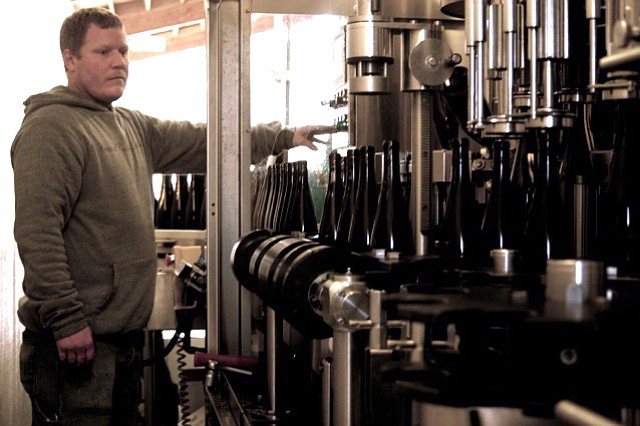THE DALLES, Ore. — This is a good place to start talking about the rippling impact of Oregon’s “alcohol cluster,” as a state economist calls it. Right here, on the welding shop floor of AAA Metal Fabrication with foreman Antonio Morales, where a half-dozen stainless steel fermentation tanks stand in various stages of production.
The Pacific Northwest’s booming wineries, joined now by breweries, distilleries and hard cider makers, are clamoring for tanks, and AAA Metal Fab is one of the few places that make them.
“We are not able to meet the demand,” company President Chris Parks says. “It’s a nice problem to have, let’s put it that way. We see enough coming into production that there’s going to be years’ worth of tanks needing to be built.”
A January report by Full Glass Research estimated the Oregon wine industry alone bought $8.4 million worth of stainless steel tanks in 2013 as it scrambled to process increasingly large harvests.



